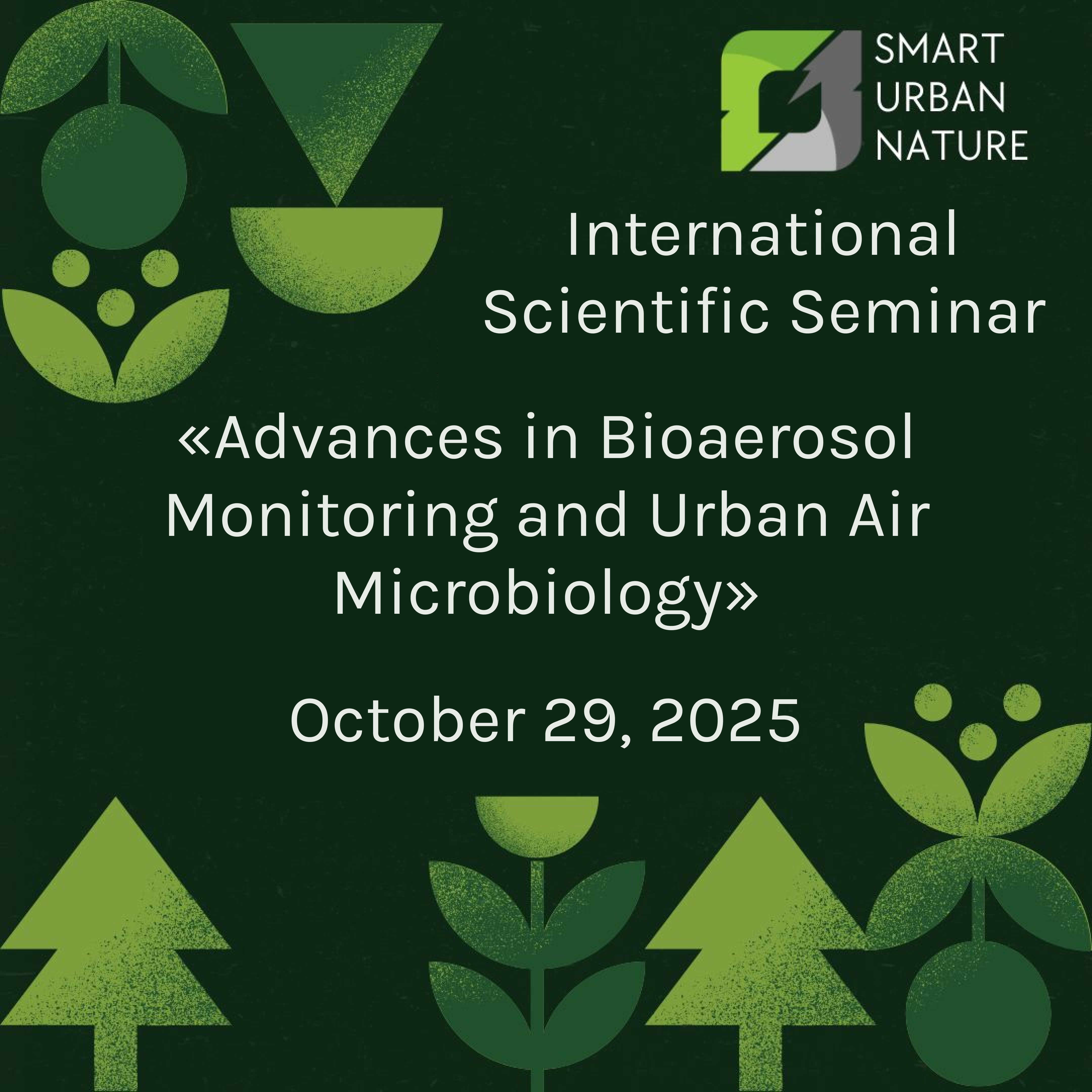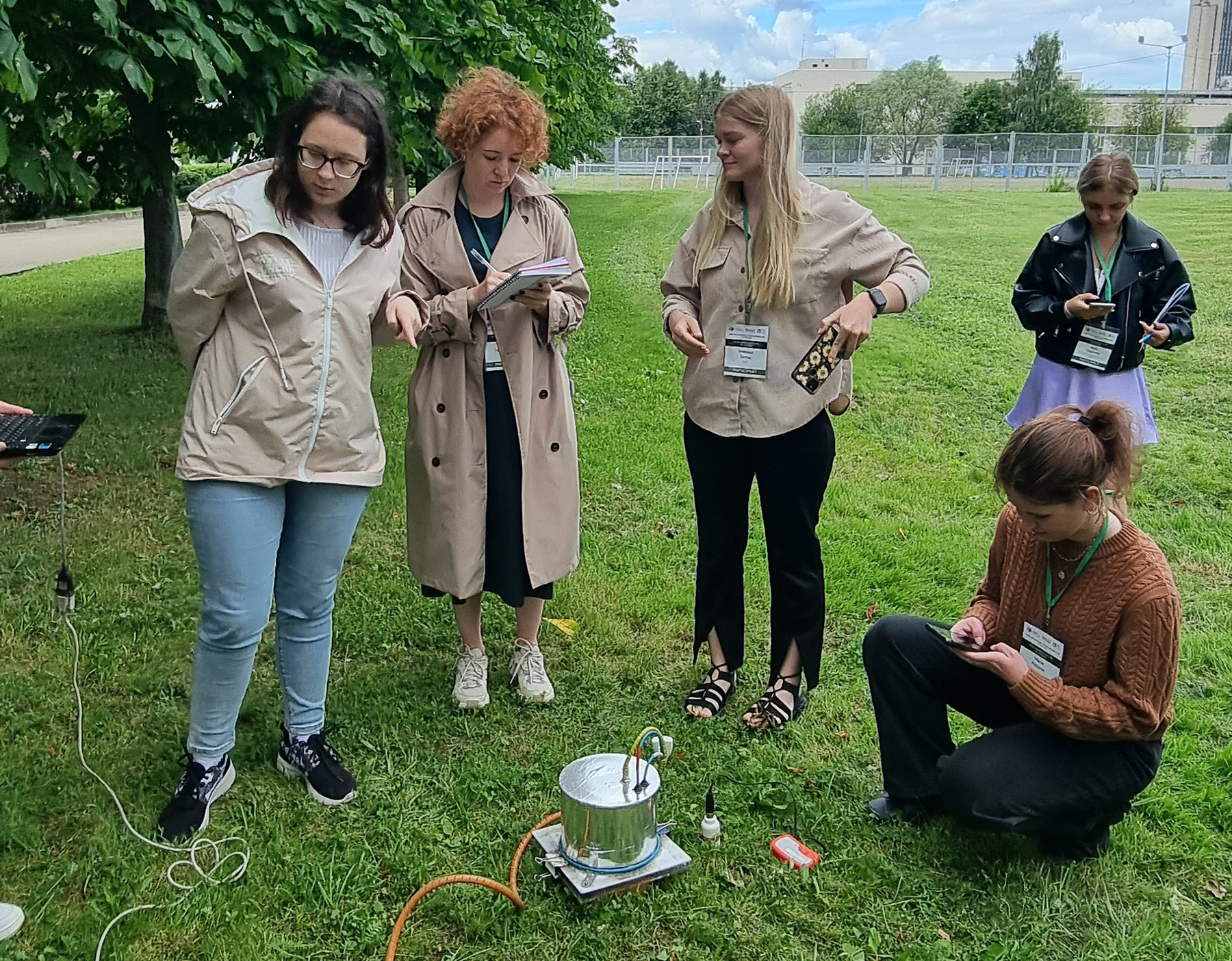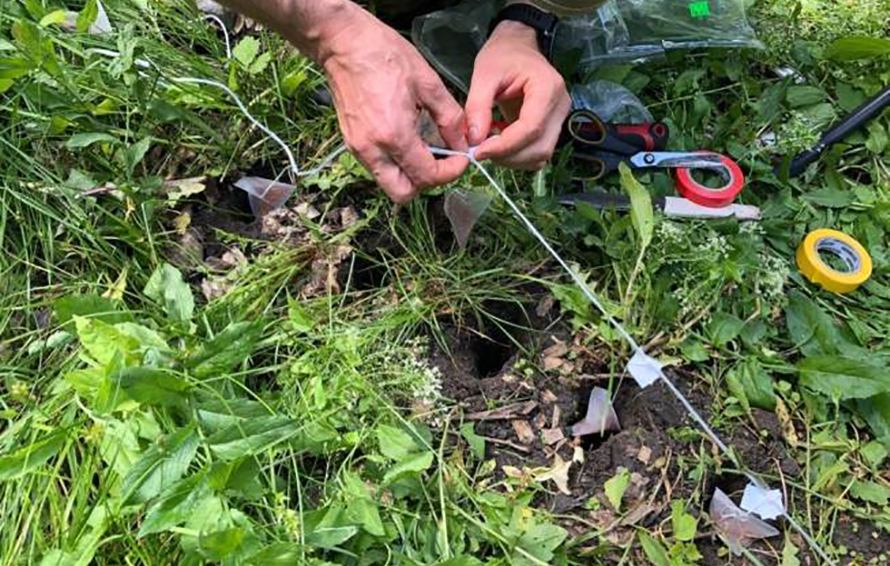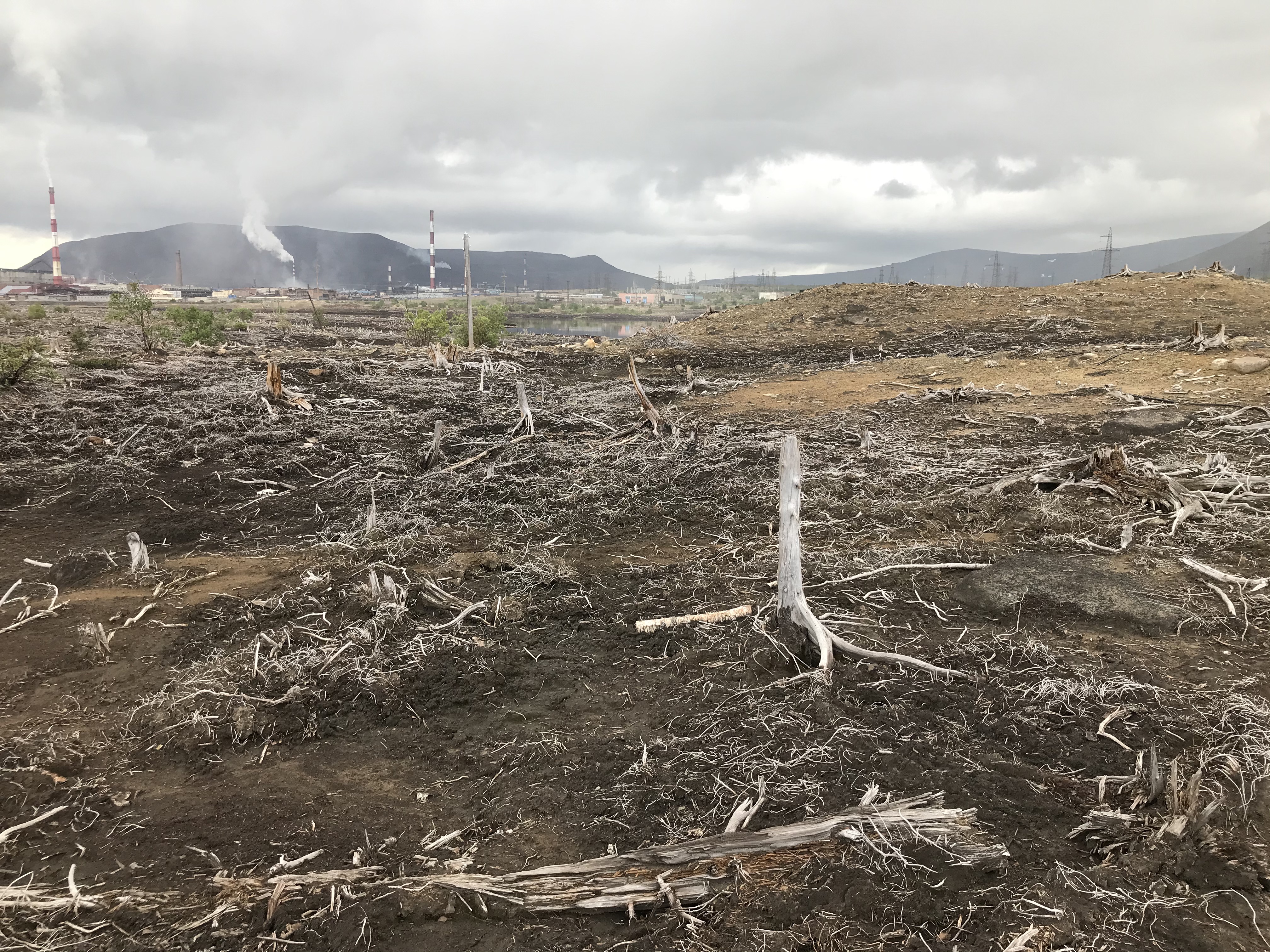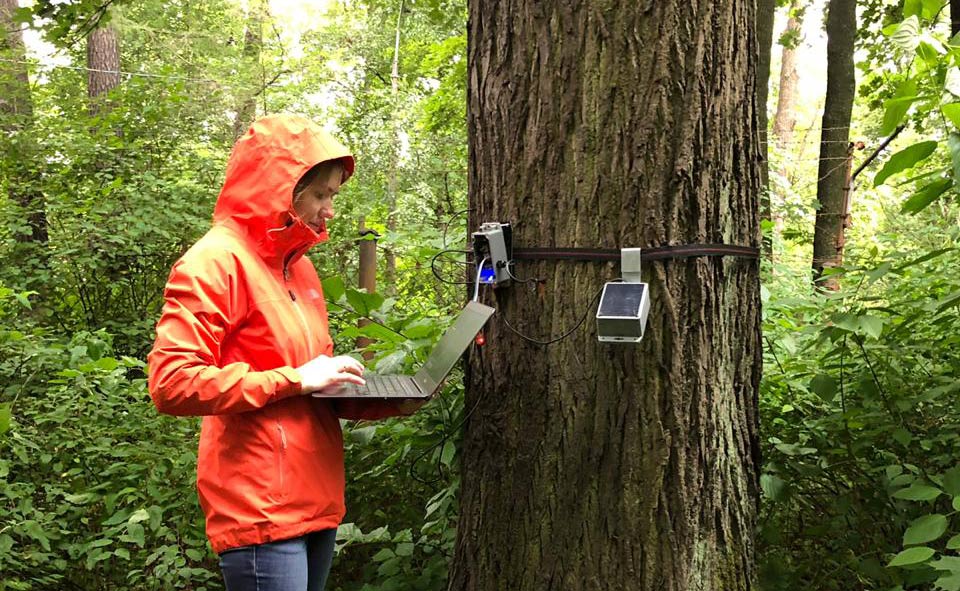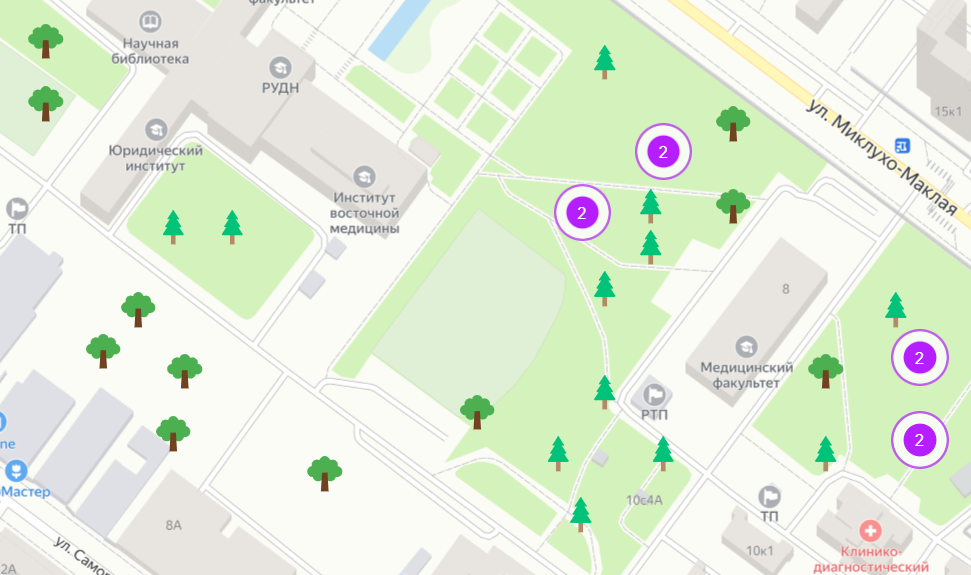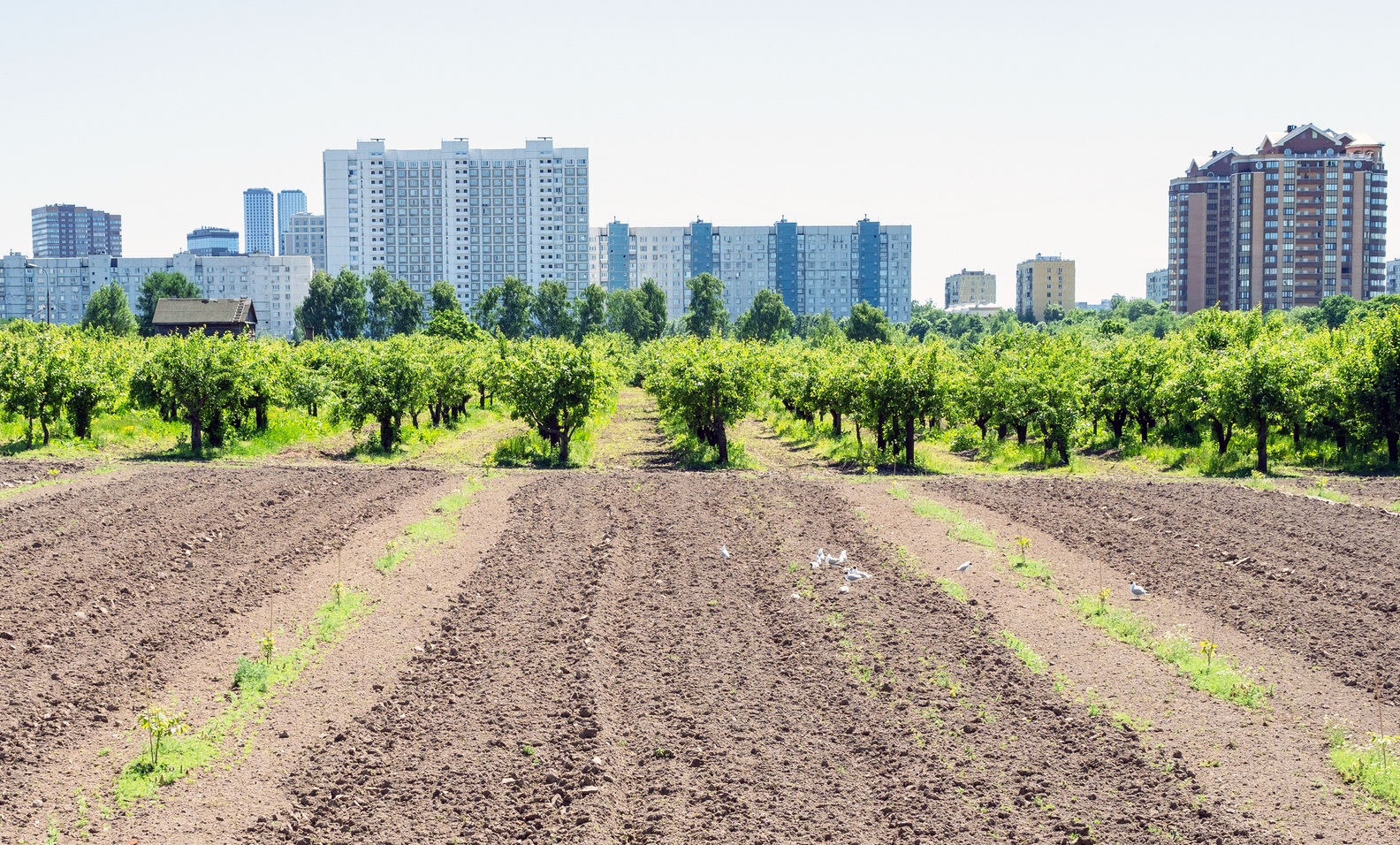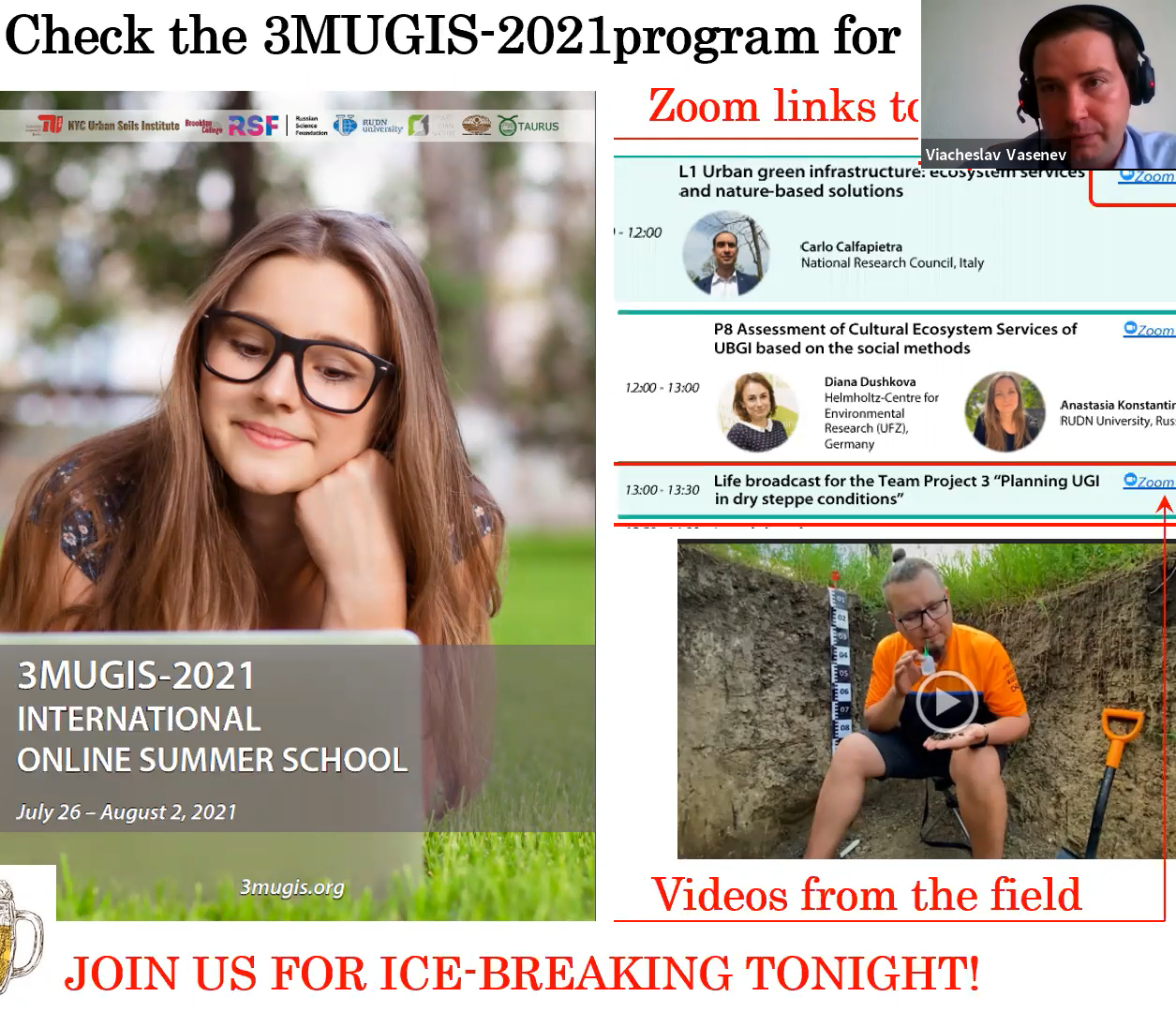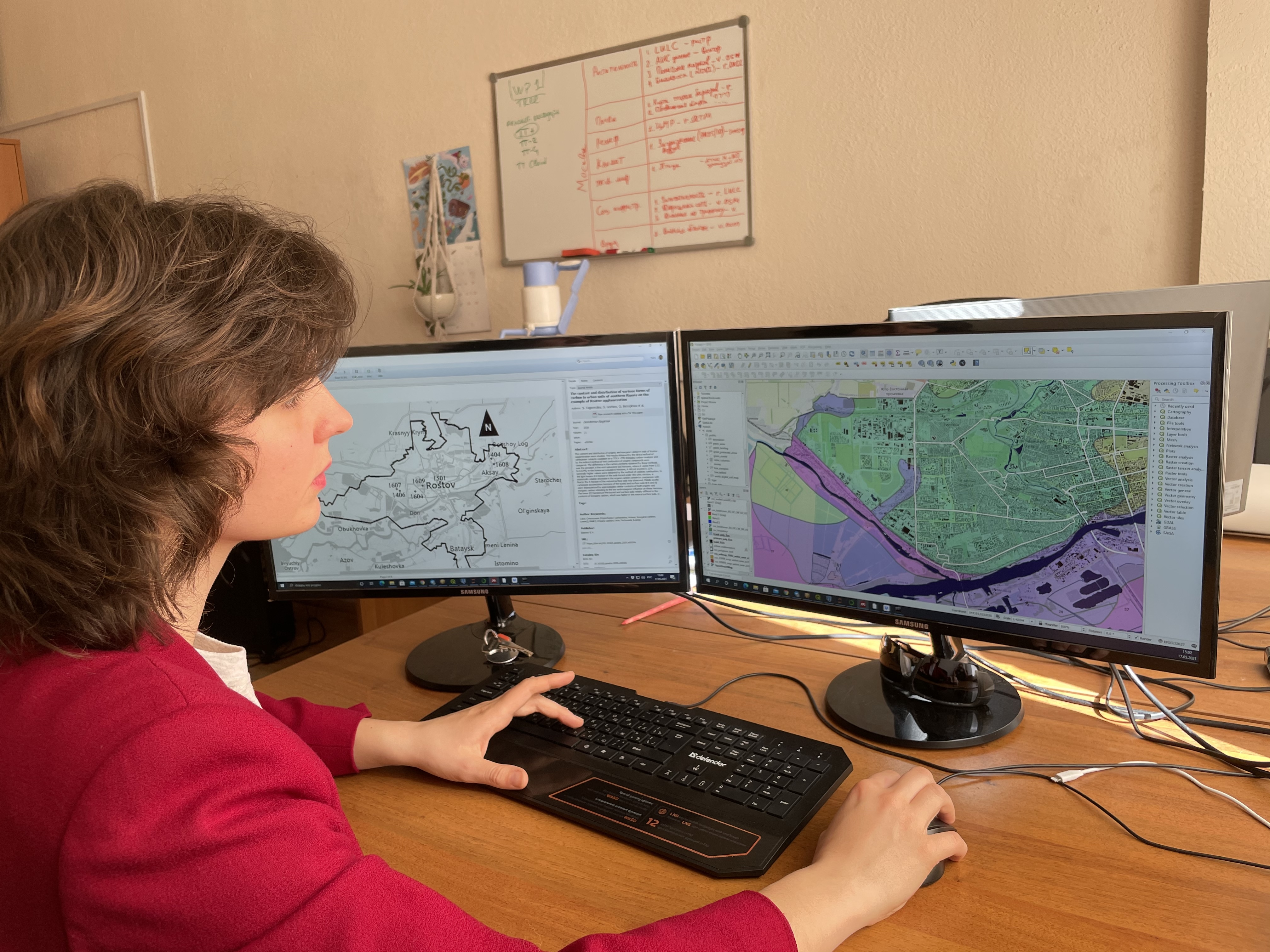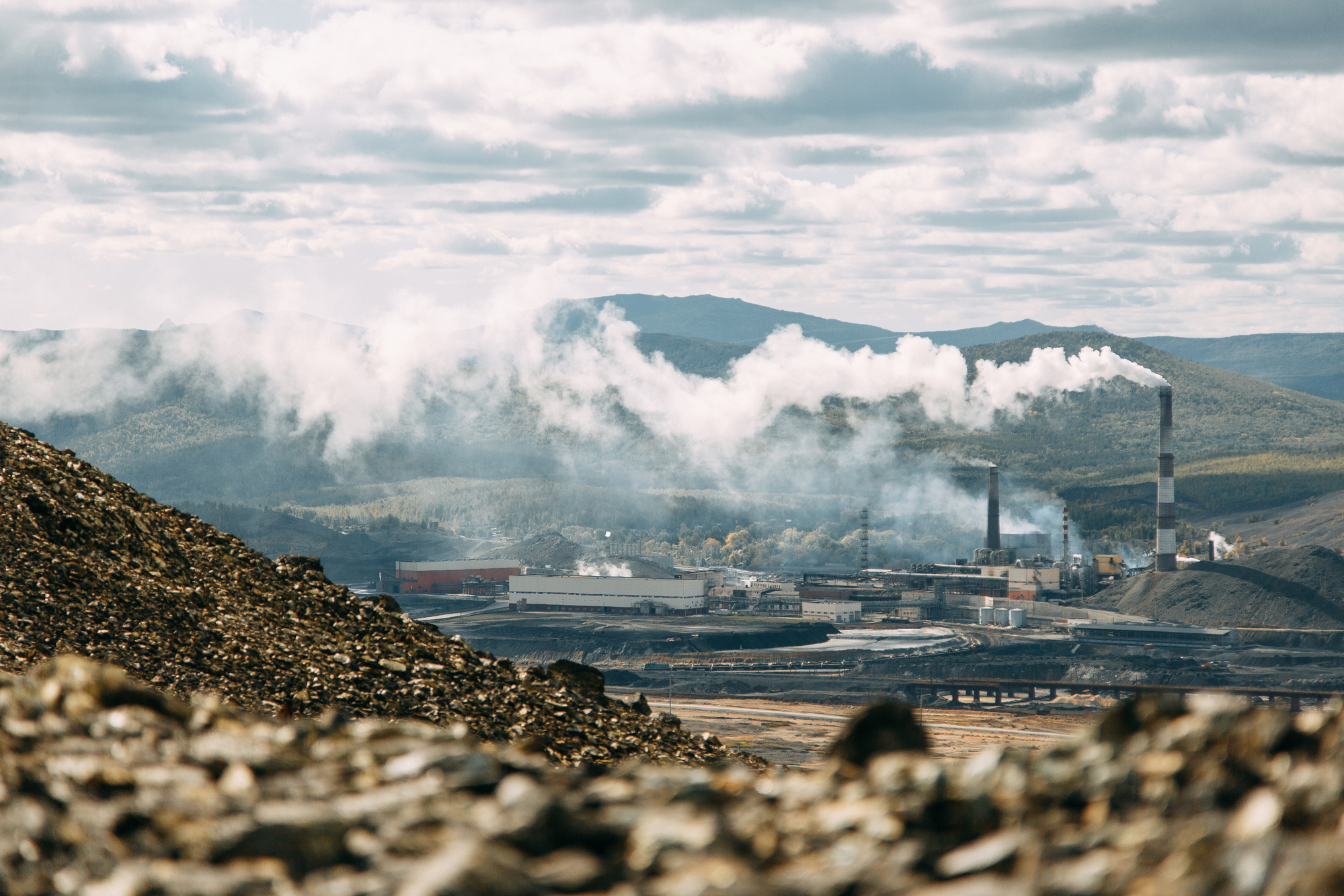International Scientific Seminar
Organizer: Department of Landscape Design and Sustainable Ecosystems, Smart Urban Nature research center, Agrarian and Technological Institute of RUDN University
Area: Science, Education, International cooperation
Subarea: Ecology and nature management
Format: Seminar
Type: International
Title: «Advances in Bioaerosol Monitoring and Urban Air Microbiology»
Date: October 29, 2025
Location: Yandex.Telemost platform
Contact person: Babich Gleb Olegovich, 1142230303@rudn.ru
The links to the Seminar: https://telemost.yandex.ru/j/6000448265
About the event:
On October 29, 2025, the scientific center «Smart technologies for sustainable development of the urban environment in the context of global changes» of ATI RUDN University will organize an international scientific seminar «Advances in Bioaerosol Monitoring and Urban Air Microbiology». The event will be held in a mixed format on the Yandex.Telemost platform. The working language is English.
The seminar focuses on modern approaches to studying bioaerosols and their role as components of atmospheric particles. The session will address key aspects of bioaerosol monitoring – from selecting optimal filters for sample collection to analyzing the biological composition of aerosols in relation to their optical and physical properties, based on results from the BIO-MASTER project campaigns in the Central Mediterranean region. Special attention will be given to the urban dust microbiome and the potential of green infrastructure to mitigate biological air pollution.
Seminar program:
17.30 – 17:50
«Choosing the right filter for bioaerosol monitoring: Quartz, teflon, or electret?»
Dr. Federica D’Alò et al., Research Institute on Terrestrial Ecosystems, National Research Council, Porano, Italy
17.50 – 18:10
«BIO-MASTER Project Campaigns at a Central Mediterranean Site: Exploring Connections between Biological Composition and Aerosol Optical/Physical Properties»
Dr. Prof. Salvatore Romano et al., University of Salento, Lecce, Italy
18.10 – 18:30
«Urban dust microbiome and the role of green infrastructure in mitigating biological air pollution»
Ekaterina Kozlova, PhD, Associate Professor, ATI RUDN
18.30 – 19.00
Discussion

